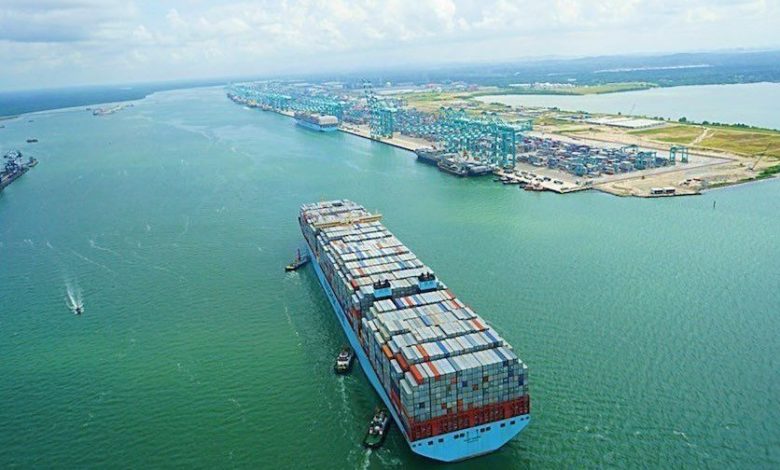Worst over for carriers as inactive boxship fleet ducks below 2m teu

The inactive containership fleet has ducked below the 2m teu mark for the first time in four months as the sector moves away from the bottom of the current coronavirus-inspired cycle.
Latest data from Alphaliner shows the inactive box fleet fell to 375 ships equating to 1,847,871 teu as of July 6, a drop of 471,508 teu since the analysts’ last tally in late June. Alphaliner stated in its latest weekly report that the data indicated “improving market conditions” with carriers continuing to ease their strict capacity management as global economies emerge post-lockdown. The new figures also reflect the fact that boxships have passed their peak scrubber installation period.
Container Trade Statistics (CTS) released its demand data for the month of May last week, which showed that April was in fact the worst month for the carriers.
“[A]fter the sharp disruptions in April and May, a relative calm has descended on the markets,” Copenhagen-based Sea-Intelligence stated in its latest weekly report, published on Sunday.
“Demand is not nearly as subdued anymore, and this places a new challenge upon the carriers. How to gradually begin to increase capacity again – ideally wanting to capture more volume as the market comes off the deep bottom seen in April and May, but without undermining the good freight rates which have been achieved,” Sea-Intelligence observed.
A new forecast published earlier this month in the US from Global Port Tracker compiled by the National Retail Federation and Hackett Associates suggested carriers ought to brace for the lowest peak season since 2014.
